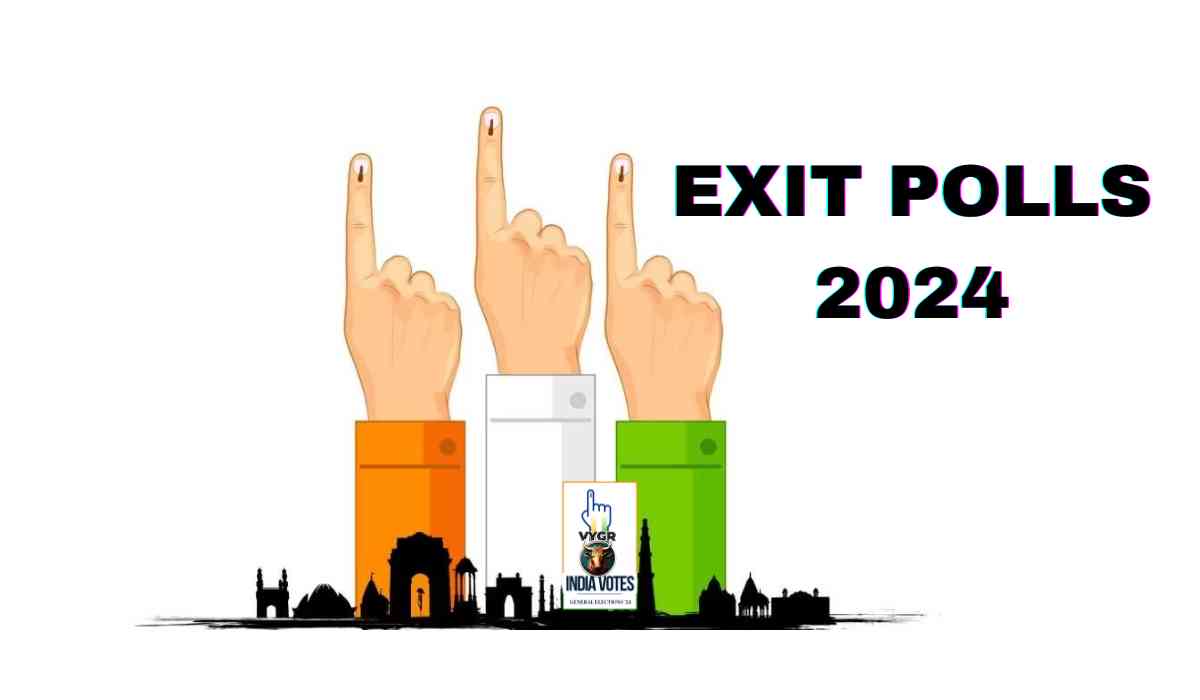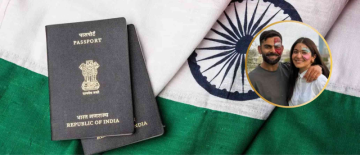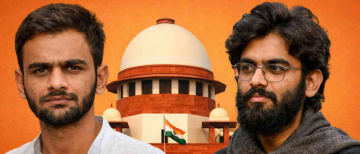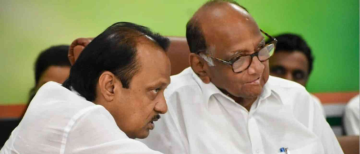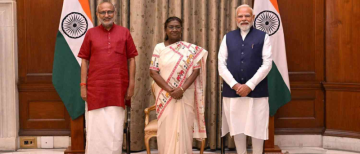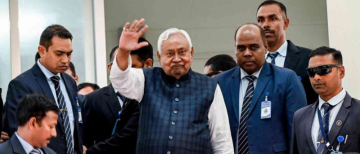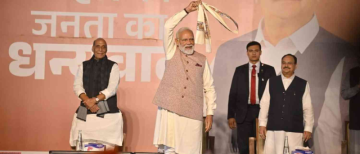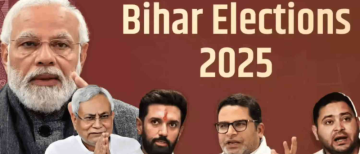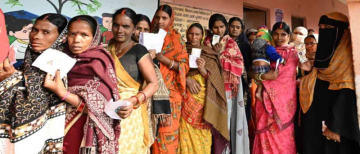As the sun sets on the world’s largest democratic exercise, India’s 18th Lok Sabha Elections, a nation of over a billion awaits the next chapter. After an intense 44-day voting marathon, the spotlight now shifts to the exit polls, those tantalizing glimpses into the future that hint at the likely winners and the scale of their success. But what exactly are these exit polls, and can we always trust their forecasts?
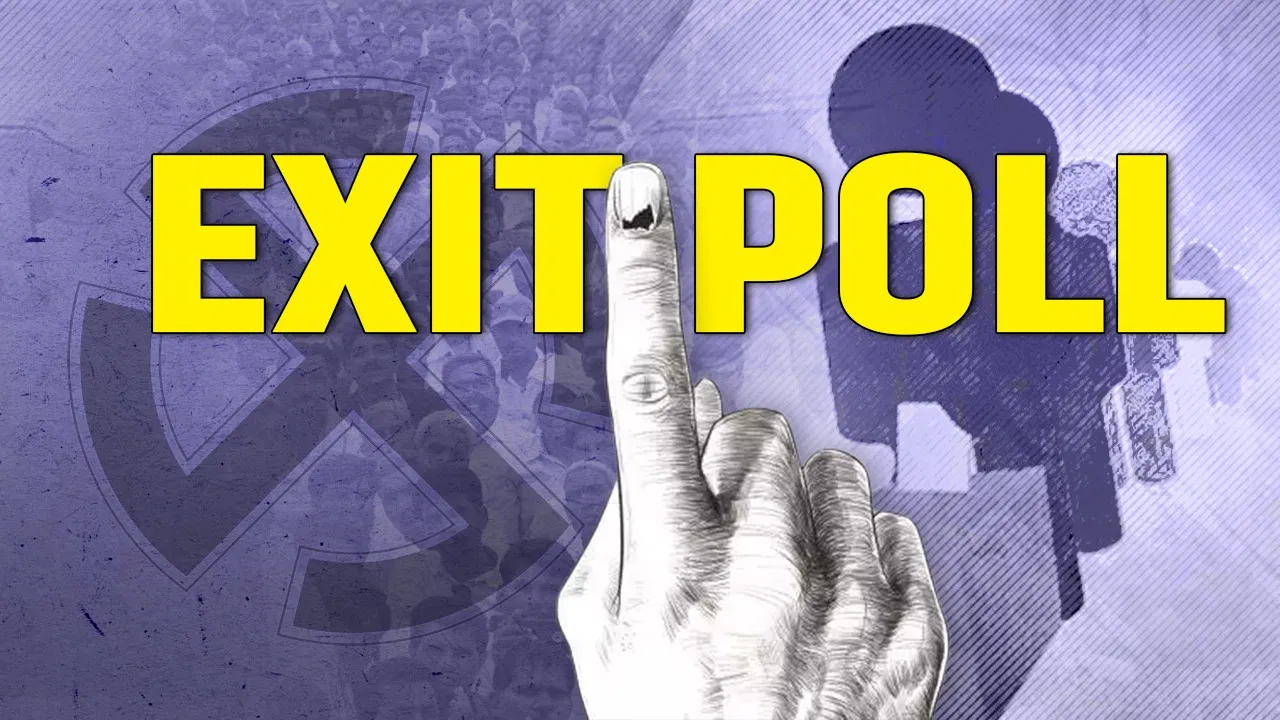
The Election Commission has stipulated that no exit polls may be conducted before 6:30 PM on June 1. This ruling coincides with voting in 57 parliamentary constituencies spread across eight states and union territories. The culmination of the voting process for the 2024 Lok Sabha Elections occurs on June 1, with the seventh and final phase. The election cycle, which began on April 19, has progressed through five additional phases on April 26, May 7, May 13, May 20, and May 26, leading up to this concluding phase. Counting for the election results is scheduled for June 4.

What are exit polls?
Exit polls are surveys conducted right after voters have cast their ballots, aiming to predict election outcomes.
In India, these polls are prohibited during voting by the Election Commission but can be released 30 minutes after voting concludes. This prevents influencing voters while still allowing for immediate analysis.
Unlike pre-election opinion polls, exit polls provide insight into voters' concerns and predict potential winners. Various news channels and agencies in India conduct these polls, each with their own methodologies.
Researchers gather data by questioning voters as they leave polling stations on election day, aiming to forecast election results accurately. While exit polls offer an early indication of winners and losers, their accuracy is debated due to occasional inaccuracies.
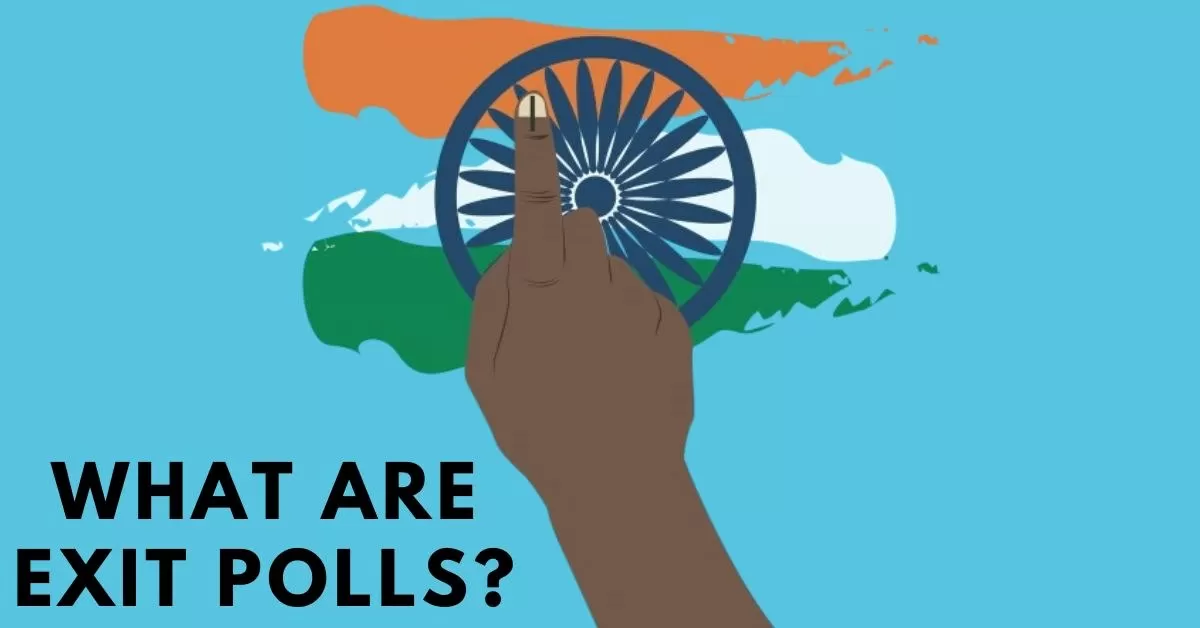
History of Exit Polls in India
Exit polls in India trace their origins back to 1957 when the Indian Institute of Public Opinion conducted the inaugural survey during the second Lok Sabha elections.
The 1960s saw significant development in exit polling, thanks to the efforts of the Delhi-based Centre for the Study of Developing Societies (CSDS).
Not until the 1980s did exit polls gain substantial attention in the media, propelled by notable psephologists such as Prannoy Roy, David Butler, and Ashok Lahiri.
The groundbreaking work of these psephologists, notably their publication "The Compendium of Indian Elections," paved the way for the widespread acceptance of exit polls.
In 1996, state-owned Doordarshan collaborated with CSDS to conduct a nationwide exit poll, cementing the practice's credibility.
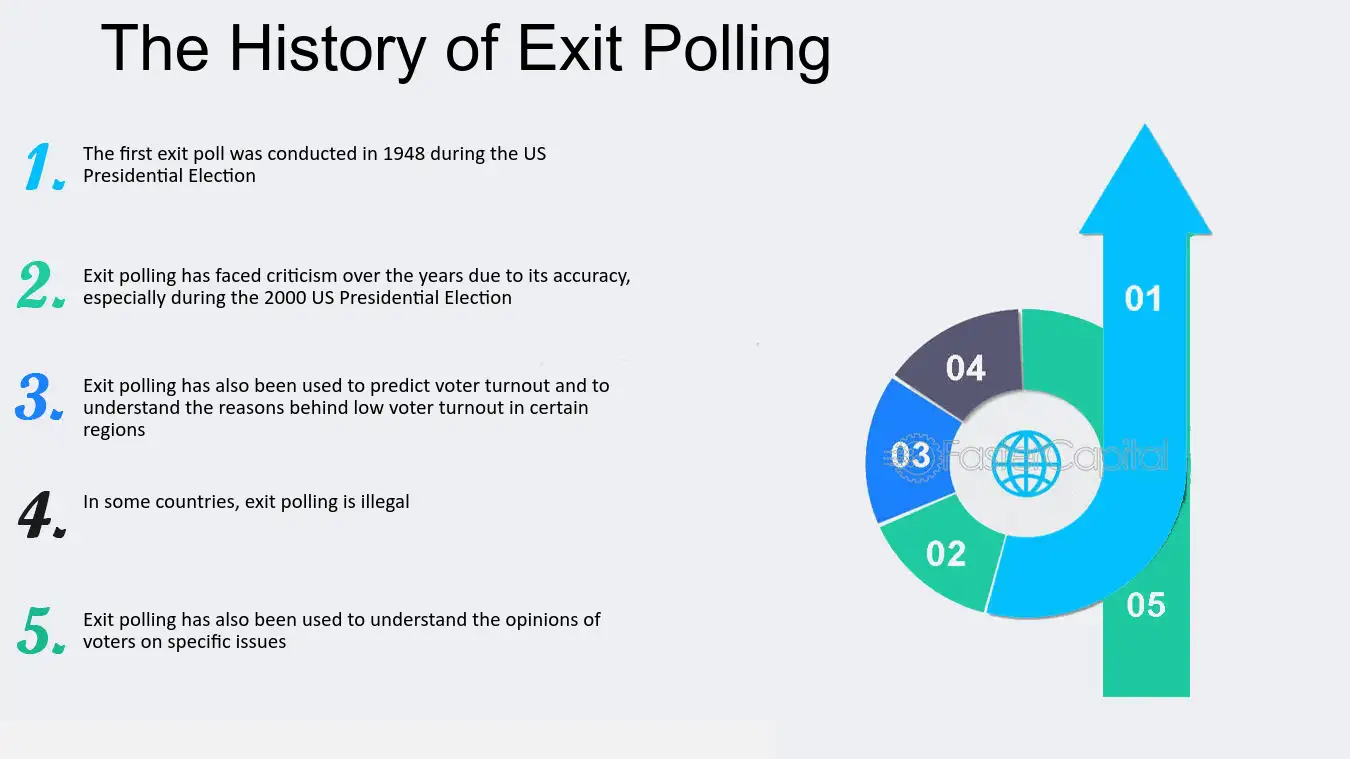
Difference between opinion poll and exit poll
Opinion polls serve as surveys designed to gauge public sentiment among potential voters, irrespective of their intention to participate in the electoral process. These surveys are conducted prior to the official voting day.
On the other hand, exit polls are conducted immediately after individuals have cast their votes on the designated election day. They aim to gather insights into the voting patterns and preferences of voters as they leave the polling stations.
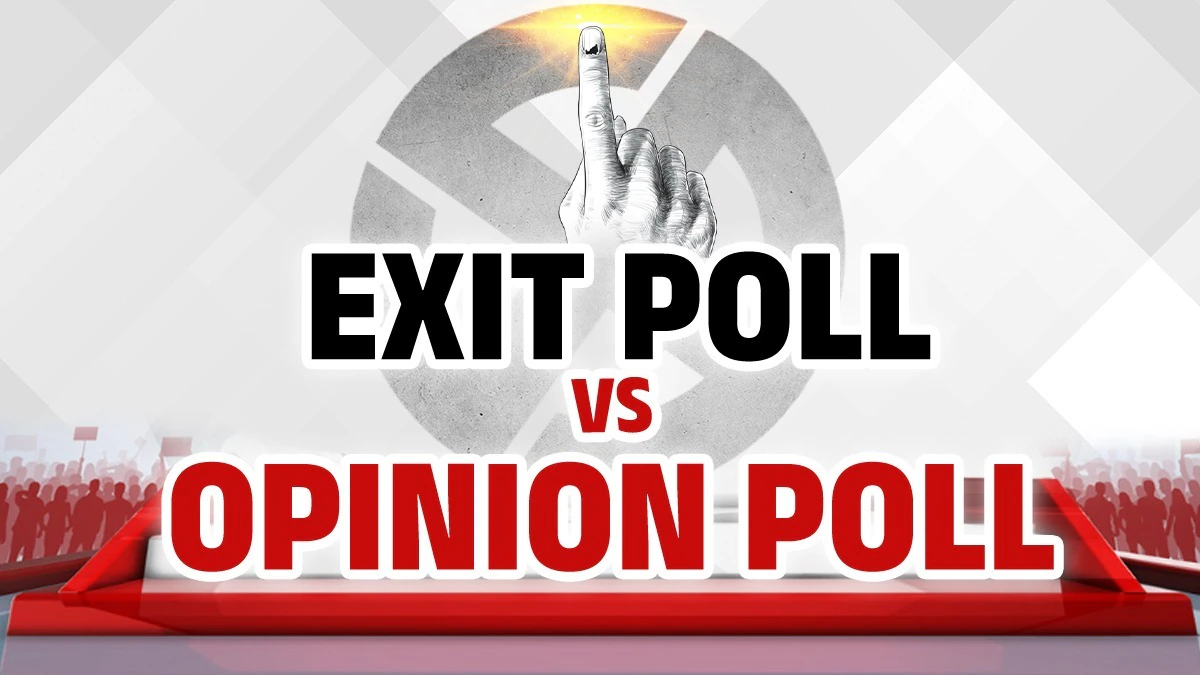
How Exit Polls Are Conducted?
Exit polls, crucial for gauging election outcomes, rely on several key factors for accuracy:
-
Structured Questionnaires: The formulation of precise and structured questions is fundamental to obtaining reliable data.
-
Random Sampling: Whether conducted in person or via telephone interviews, random sampling ensures a diverse representation of the population.
-
Adequate Sample Size and Demographic Representation: A sufficient sample size, inclusive of various demographics, enhances the poll's accuracy.
-
Robust Data Compilation and Counting Methods: The methodology for compiling and tallying data must be robust to ensure accuracy.
According to Sanjay Kumar, Director of CSDS, the meticulous collection of coherent data and systematic analysis is pivotal for generating dependable vote share estimates.
Exit polls are computed through a meticulous process involving various steps:
-
Sampling: Pollsters select voters from diverse geographical regions to represent the broader population, ensuring demographic inclusivity.
-
Questioning: Selected voters are queried about their voting preferences along with basic demographic information.
-
Data Collection: Responses are diligently collected and recorded.
-
Weightage: Adjustments are made to the data to maintain fairness; for instance, responses from underrepresented demographics may be given additional weight.
-
Analysis: Experts meticulously analyze the collected data to formulate predictions regarding election outcomes based on voter responses.
-
Margin of Error: Exit polls incorporate a margin of error to convey the level of certainty or uncertainty associated with their predictions.
These predictions are subsequently disseminated to the public, aiding in the understanding of potential election results.
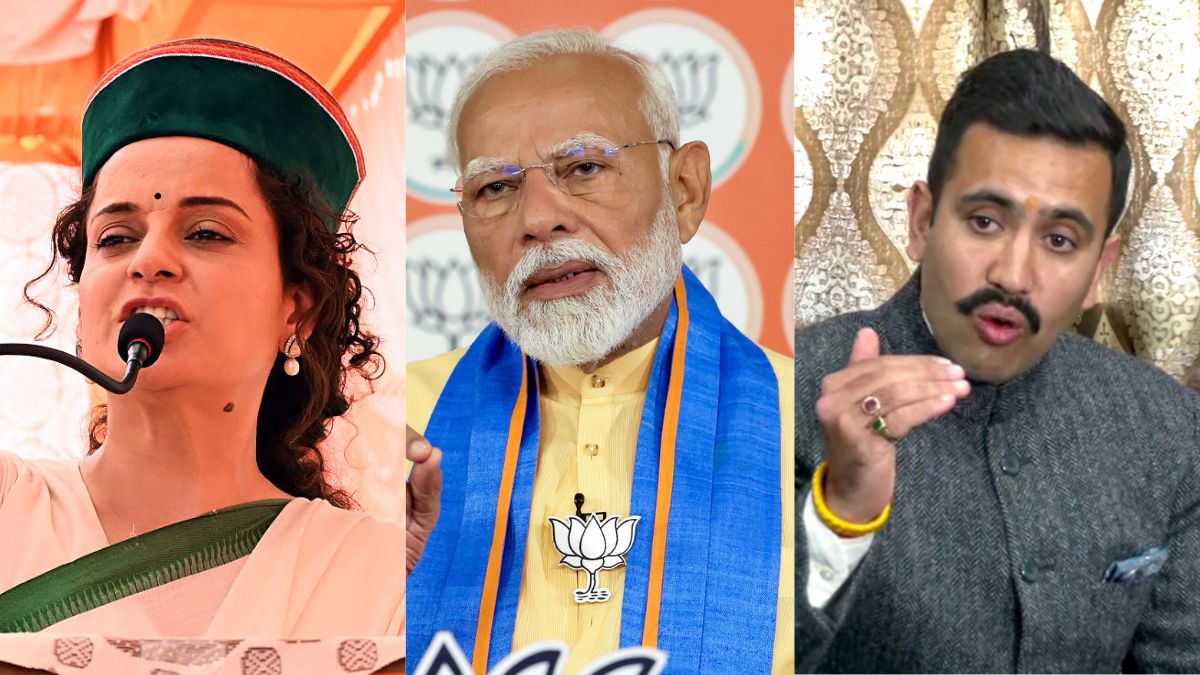
How has technology changed conducting exit polls?
Advancements in technology have revolutionized exit polling methods, incorporating techniques like respondent call-backs, real-time interview imagery, field phone calls, and WhatsApp groups. These innovations have greatly improved the collection and analysis of data.
Yet, accurately predicting outcomes remains a challenge, given the intricate and diverse composition of the Indian electorate.
According to the Indian Express, employing structured questionnaires is essential for systematic data gathering and analysis. The Centre for the Study of Developing Societies (CSDS) underscores the significance of representative samples in achieving precise predictions. While a large sample size is vital, ensuring its representativeness is equally crucial.
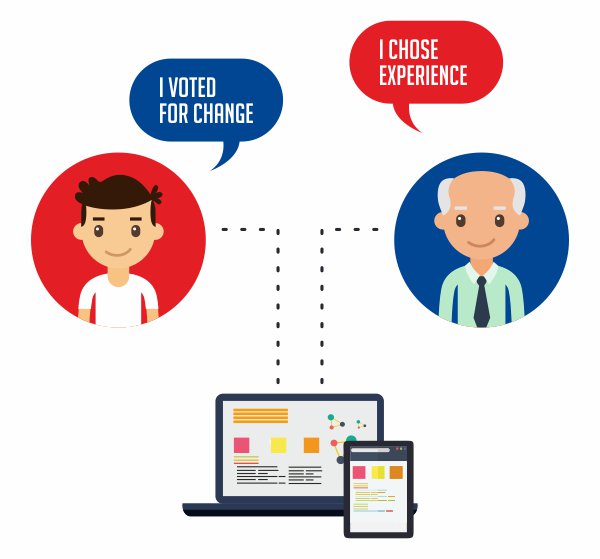
What challenges are faced while conducting exit polls?
-
Primary Challenges in Exit Polls:
-
Estimating vote shares and predicting seat outcomes stand as the foremost challenges in exit polls.
-
These tasks are intricate due to various factors such as geographic location, caste, religion, and economic class.
-
-
Influence of Swing Model:
-
The swing model, heavily reliant on past election data, is susceptible to multiple influences.
-
Factors like political alliances, demographic shifts, and economic changes can significantly impact the accuracy of predictions.
-
-
Impact of Political Alliances:
-
Changes in political alliances between elections pose a significant challenge to prediction models.
-
For instance, the BJP and JD(U) alliance in Bihar presents complexities for the swing model due to their combined influence on voter behavior.
-
-
Labor-Intensive Prediction Process:
-
The prediction process demands significant labor and time investment.
-
Each seat requires individual estimation, contributing to the complexity and duration of the process.
-
-
Challenges with Diverse Voter Representation:
-
Over- or under-representation of diverse voter sections can skew prediction accuracy.
-
Ensuring an accurate representation of various demographic groups is crucial for reliable estimates.
-
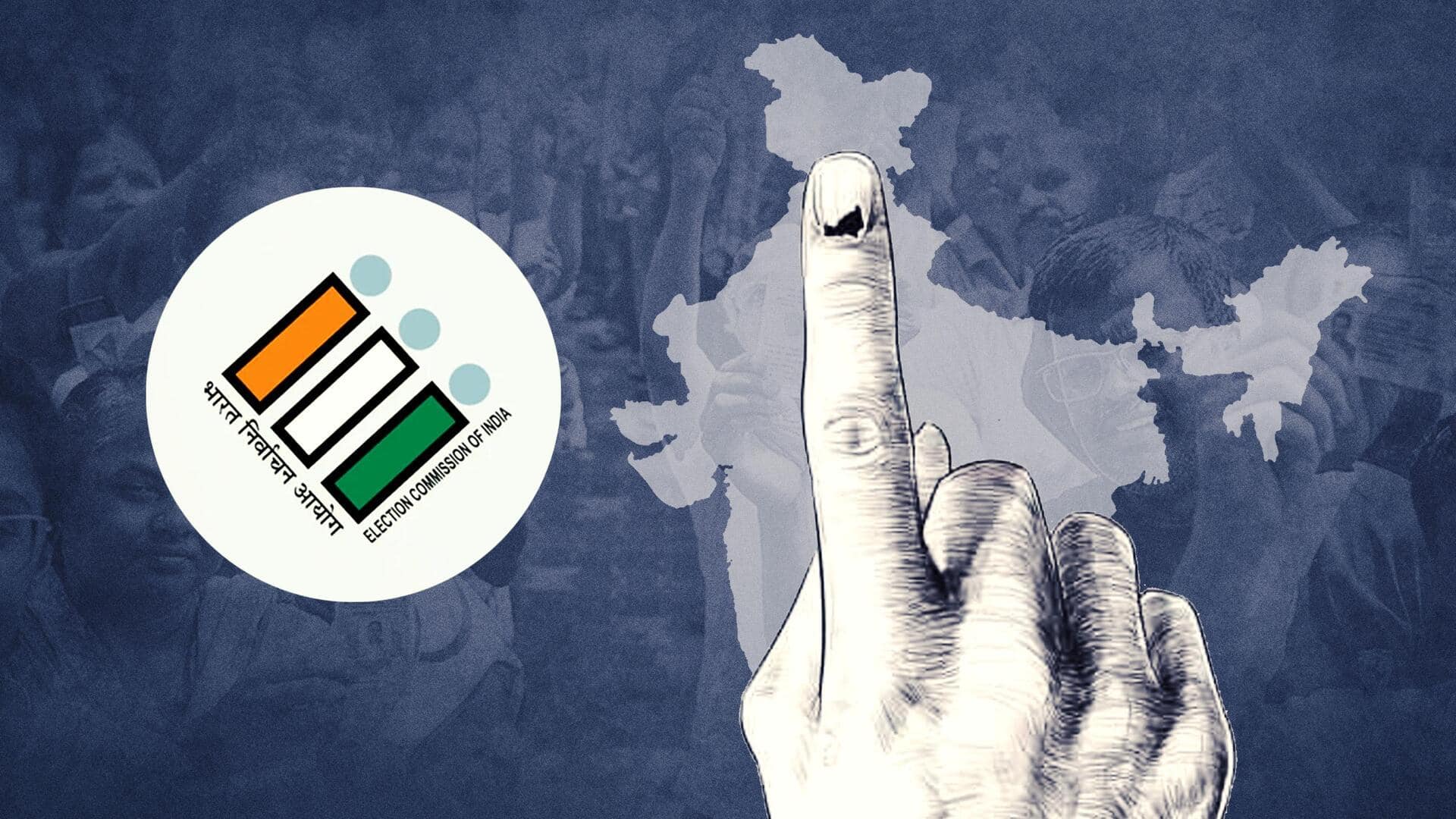
How accurate are exit polls?
The precision of exit polls is influenced by several factors beyond simply the size of the sample. It hinges on the representativeness of the sample, the methodology employed, and the capacity to encompass diverse voter demographics. Some organizations employ inventive techniques, like excluding specific constituencies from the poll, to enhance accuracy.
For example, Lokniti-CSDS employs post-poll surveys with substantial sample sizes but underscores the significance of having representative samples. Their forecasts have demonstrated fluctuating levels of accuracy, underscoring the intricate nature of electoral prognostication.
Have exit polls ever got it wrong?
Historically, the accuracy of exit polls has been variable, with notable instances of significant disparities between predicted outcomes and actual results. These instances include:
-
2004 Lok Sabha Elections: Exit polls projected a majority for the Atal Bihari Vajpayee-led NDA government. However, the final results fell short of these expectations.
-
Delhi Assembly Elections 2015: Despite exit polls suggesting a more balanced outcome, the Aam Aadmi Party (AAP) secured a sweeping victory with 67 out of 70 seats.
-
Bihar Assembly Elections 2015: Exit polls anticipated a close contest, but the RJD-JDU-Congress coalition emerged as the clear winner.
-
UP Assembly Elections 2017: Exit polls indicated a possibility of a hung assembly, yet the BJP secured over 300 seats.
-
2014 Lok Sabha Elections: Exit polls failed to predict the BJP's outright majority, as it surpassed the 272-mark on its own.
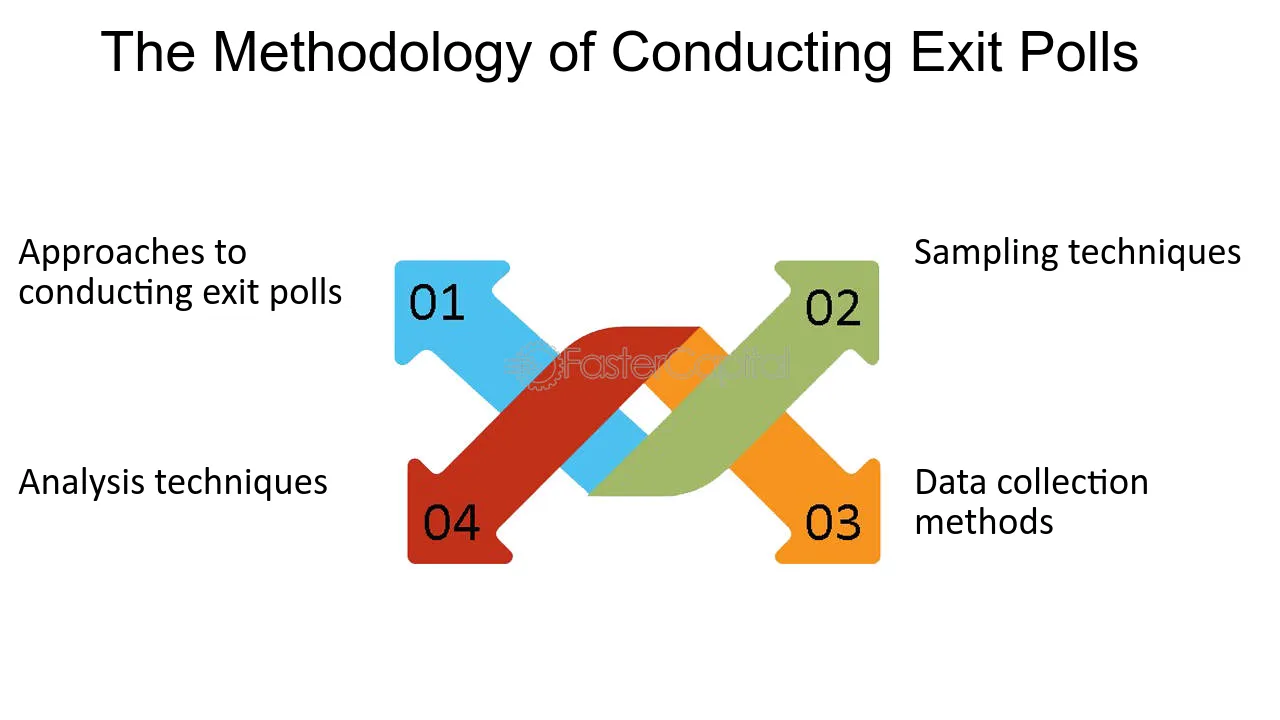
Rules Governing Exit Polls
Exit polls in India are governed by The Representation of People Act, 1951, with Section 126A specifically regulating their publication and dissemination during certain periods to prevent voter influence.
The Election Commission introduced guidelines on exit polls in 1998, prohibiting newspapers and TV channels from releasing such results around general elections.
This section prohibits the conduct and publication of exit polls during the polling period to prevent any potential influence on voters.
The Election Commission (EC) enforces a ban on exit polls from the commencement of polling hours on the first day until 30 minutes after the closing of polls on the last day of all phases.
Breaking these rules may result in imprisonment for up to two years, a fine, or both.
Additionally, the Election Commission mandates that news broadcasters must explicitly declare any preliminary results as unofficial until officially announced by the Commission.
Why are exit polls relevant?
Exit polls serve as a rapid gauge of public sentiment towards political parties and candidates, providing early insights into potential election outcomes.
-
Critiques on Accuracy:
-
Critics frequently question the accuracy of exit polls, citing instances where their predictions have been off the mark.
-
Various factors contribute to this skepticism, including biased methodologies, skewed data, improper sample sizes, and potential sponsorship or political motivations.
-
-
Complexities in Indian Context:
-
TK Arun, as quoted by The Economic Times, highlights the intricacies of conducting exit polls in India.
-
He points out the cautious nature of Indian respondents, who may not reveal their true voting preferences to pollsters, potentially impacting the accuracy of the polls.
-
Arun underscores the risk involved, particularly in politically charged environments where revealing one's true voting choice could have consequences.
-
-
Historical Performance:
-
Exit polls in India have exhibited a mix of successful predictions and significant misses over the years.
-
Hindustan Times reports several instances, such as the inaccuracies in the 2004 and 2009 Lok Sabha elections.
-
Notably, the 2004 polls failed to anticipate the Congress party's return to power, as the NDA, led by Atal Bihari Vajpayee, fell short despite expectations.
-
Similarly, the 2009 polls missed a substantial swing in favor of the UPA, resulting in an underestimation of their electoral success.
-
-
Highlight of Key Elections:
-
The 2014 elections saw the BJP securing a decisive victory with over 330 seats.
-
While some pollsters predicted a strong performance by Narendra Modi and the BJP, the extent of their success was largely underestimated.
-
Notably, pollster Chanakya came closest to the actual outcome by predicting 340 seats for the NDA.
-
-
2019 Election Predictions:
-
In the lead-up to the 2019 elections, most pollsters anticipated a return of the BJP-led NDA government, albeit with a reduced majority compared to the previous election.
-
However, the eventual outcome surpassed these predictions, with the BJP-led NDA securing 353 seats, once again highlighting the tendency to underestimate their electoral strength.
-
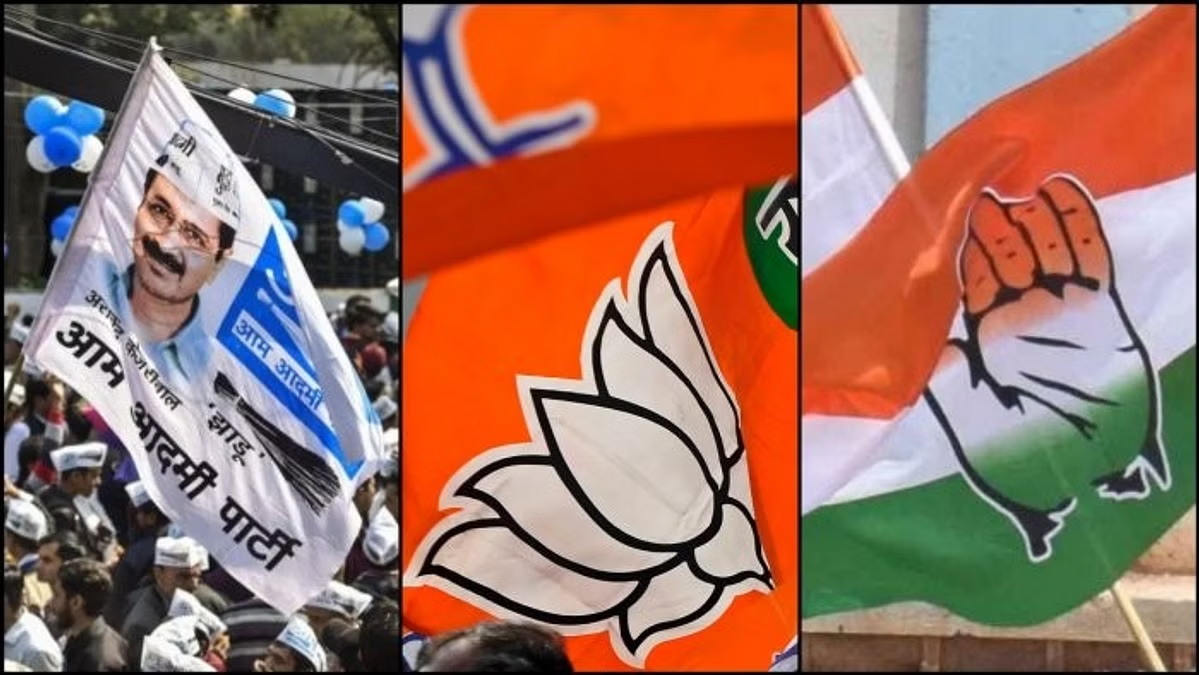
Relevance and Criticisms of Exit Polls
Exit polls offer a rapid glimpse into election results but are often criticized for their reliability. Critics point to potential biases, skewed data, and small sample sizes, sometimes suggesting political influence.
Historically, exit polls have been hit-or-miss. In the 2004 and 2009 Lok Sabha elections, they failed to accurately predict outcomes, underestimating the winners. While the 2014 exit polls hinted at a BJP triumph, they underestimated its scale. Similarly, in 2019, predictions for a BJP-led NDA return fell short of the coalition's actual decisive victory.
The Election Commission has barred exit polls until June 1 evening to prevent undue influence on voter behavior. With the final votes in, anticipation builds for the official results on June 4, amid widespread interest in exit polls and their forecasts. Understanding the nuances, history, and regulations surrounding exit polls helps voters grasp their significance and constraints in elections.
With inputs from agencies
Image Source: Multiple agencies
© Copyright 2024. All Rights Reserved Powered by Vygr Media.

